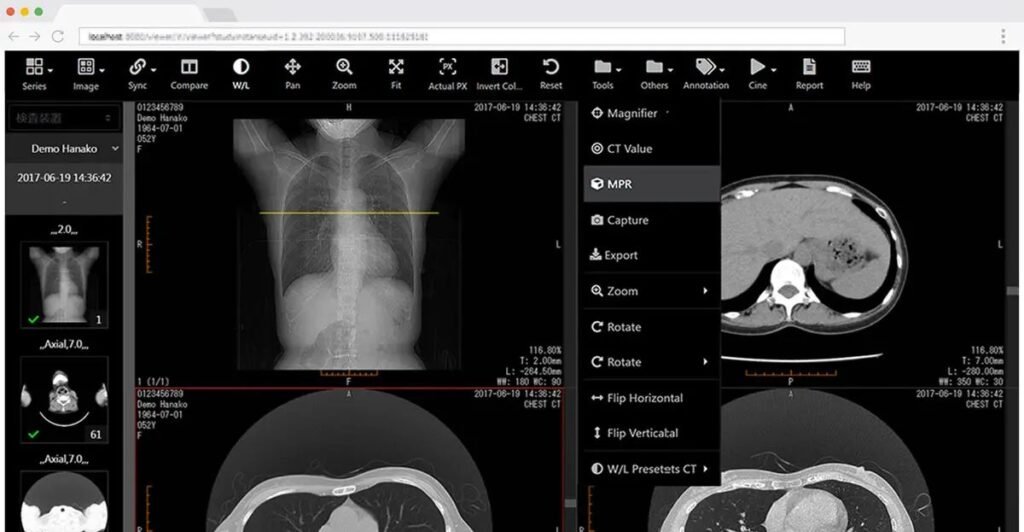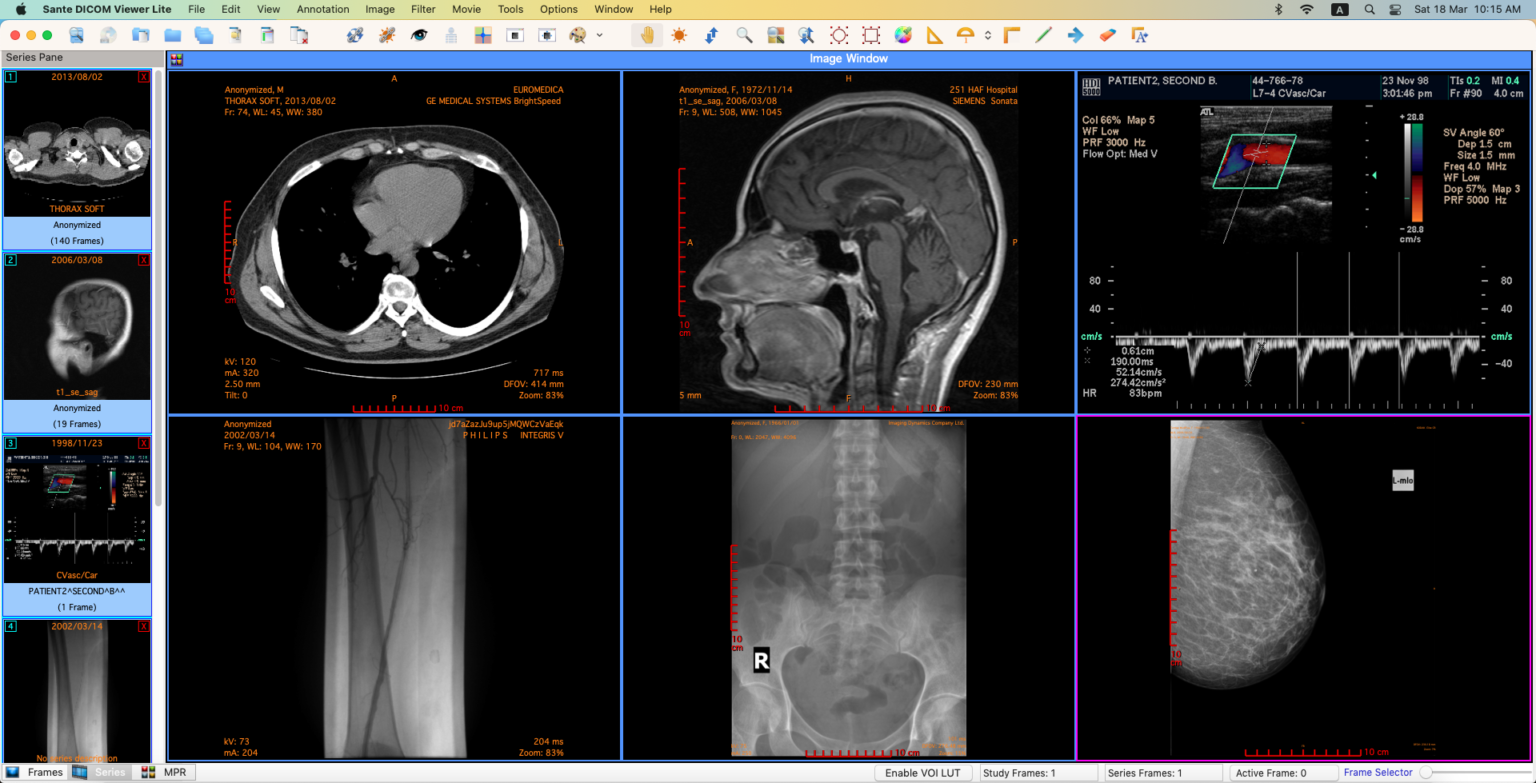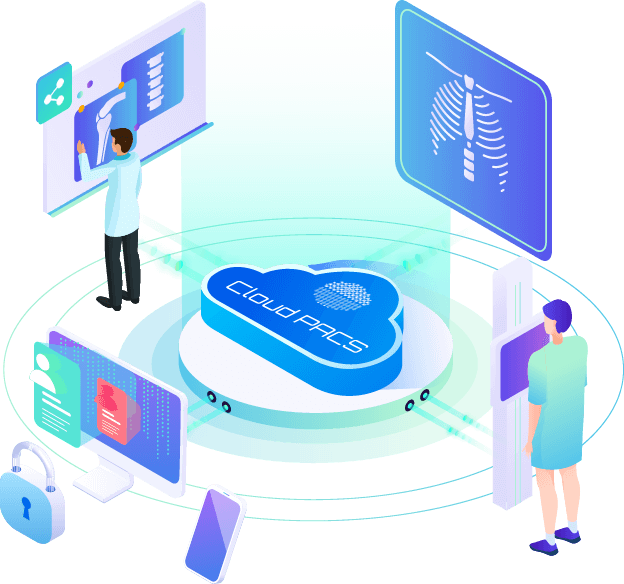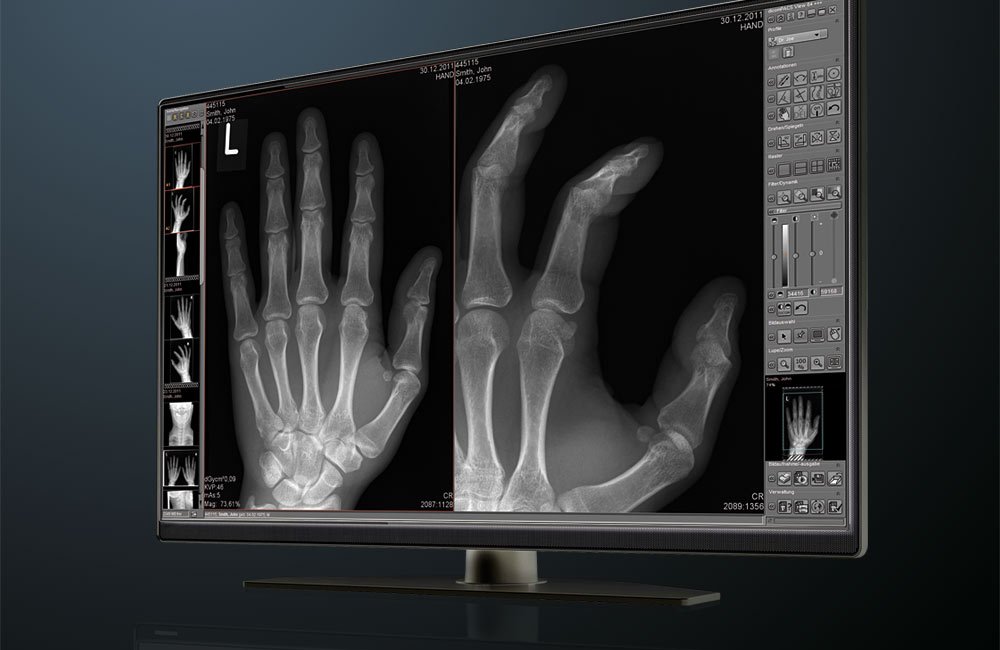As medical imaging and archiving transitions towards the digital space, DICOM (Digital Imaging and Communications in Medicine) has become the universal file format for storing and transmitting scans like X-rays, MRIs, and CTs.
To analyze these complex graphic visualizations, specialized DICOM file viewer are required pulling high resolution images from archives and unpacking embedded data.
There are two main platforms to choose from when looking for optimized viewers that allow for smooth workflows: cloud-based web viewers that make collaboration easy through centralized access and desktop DICOM viewers that can be installed locally and have more features added.
This guide will compare factors like accessibility, security, workflow integration, and more when deciding between cloud vs. desktop DICOM viewers for your organization’s needs.
Cloud-Based DICOM Viewers
Cloud-based DICOM viewers function as web apps, allowing images hosted on a centralized server to be accessed through internet browsers or mobile devices.
As a Software-as-a-Service (SaaS) solution delivered through the cloud, these viewers offer:
Easy Accessibility
- Intuitive access from any web-enabled device
- Streamlined remote viewing for telehealth or off-site analysis
- Real-time collaboration allowing dispersed teams to jointly assess scans
Enhanced Security
- Encrypted DICOM transfer protecting sensitive patient data
- Robust user authentication protocols like 2FA and single sign-on
- Automatic data backups on external cloud servers
Simplified Maintenance
- Automatic product updates managed by software vendor
- Minimal setup without locally installed hardware/software
- Scalable storage accommodating growing imaging archives
Cost-Effectiveness
- Low startup costs without expensive servers or hardware
- Flexible subscription models (SaaS) instead of fixed perpetual licensing
However, pure cloud-based DICOM viewers also come with limitations like:
- Reliance on consistent high-speed internet connectivity
- Potential lack of full DICOM format support for specialized workflows
- Restricted toolsets controlled by vendor without customization
Desktop DICOM Viewers
Desktop DICOM viewers are software applications installed directly onto a local machine or private network server.
Without relying on external cloud infrastructure, common benefits include:
Enriched Functionality
- Specialized clinical tools like multi-planar reconstruction or PET/CT fusion
- Granular image manipulation with customizable presets
- Advanced visualization modes tailored for disciplines like cardiology or oncology
Local Network Optimization
- Smooth LAN/WAN performance without internet speed reliance
- Integrations with existing RIS/PACS and data storage systems
- Ability to leverage previous server investments rather than migrating
Improved Security
- Full control over encryption and access management protocols
- Elimination of third party cloud security risks
- Data sovereignty through private environment ownership
Alongside enriched radiology capabilities, typical desktop DICOM viewer constraints involve:
- Higher infrastructure, maintenance and management overhead
- Lack of automatic updates to leverage new DICOM web formats
- Collaboration difficulties from siloed nature of desktop tools
Key Decision Factors
When determining optimal viewing platforms, analyze these elements:
Workflow Needs
- Will images be accessed locally or require external distribution?
- Are collaboration tools mandatory or secondary to specialized clinical features?
IT Environment
- Can existing analytics software integrate with new DICOM viewers?
- Does technology support on-site deployment or favor cloud delivery?
Data Sensitivity
- What patient data protection and encryption protocols are non-negotiable?
- Does regionally confined viewing adhere to internal governance policies?
Budget Parameters
- Are recurring SaaS subscription costs feasible over fixed one-time fees?
- Can IT support manage setup/administration or require turnkey solutions?

Hybrid Option
Rather than limiting choices to either desktop or cloud DICOM viewers, a hybrid utilization combining both platforms may suit some environments.
Potential use cases for leveraging hybrid DICOM viewers include:
- Enabling desktop clinical analysis of scans supplemented by cloud-based sharing for external second opinions
- Maintaining a locally optimized PACS viewer while offering accessible cloud-version for patients or non-clinical staff
- Supporting core imaging workload via high performance desktop viewers with cloud backup for uptime continuity
While determining optimal balance requires planning with variables unique to each health IT ecosystem, the hybrid model allows customizability in aligning desktop and cloud tools with specialized needs.
This guide compares cloud-based vs desktop DICOM viewers, analyzing factors like accessibility, security, workflow integration, and more.

















